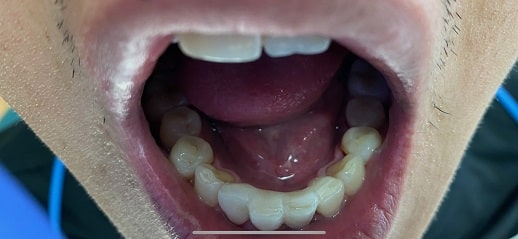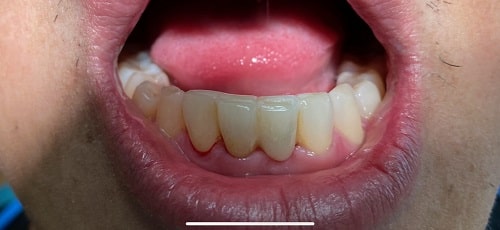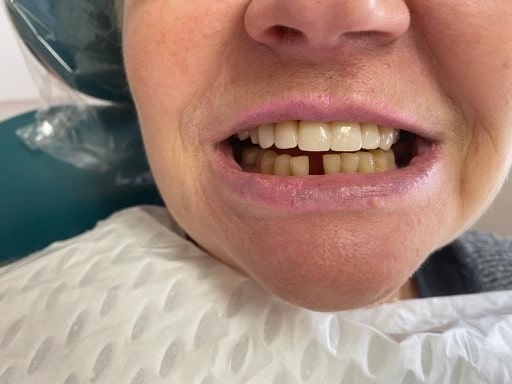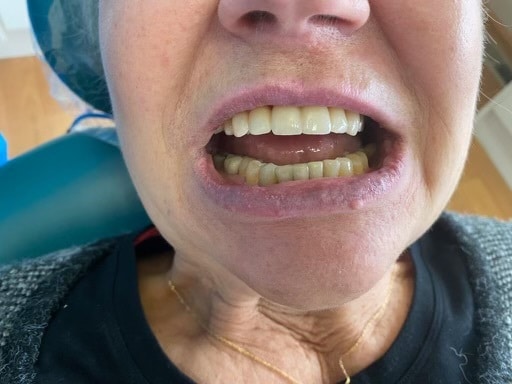What is a Maryland Bridge?
A Maryland bridge, also known as either a Maryland bonded bridge or resin-bonded bridge, is a type of dental bridge to replace the missing tooth by bonding a porcelain tooth to the adjacent teeth
These types of bridges require minimal tooth preparation to the abutment teeth compared to the preparation design of a conventional bridge.
In addition to being a great option for the patient, these types of bridges require less chair time. The minimal preparation means that the patient will not need anesthesia.
When Using a Porcelain Fused to Metal is Beneficial?
Like other bridges, there are factors which will increase the lifespan of your new Maryland bridge.
Generally speaking, a Maryland bridge can last between five and fifteen years.
With proper care and regular dental check-ups, it is common for these bridges to remain for over ten years.
When taking into account the lifespan of the Maryland bridge you will see that it is not so expensive in the long term
MARYLAND BRIDGE
BEFORE & AFTER
COMPOSITE MARYLAND BRIDGE BEFORE & AFTER

Composite Maryland Bridge Before

Composite Maryland Bridge After
PORCELAIN MARYLAND BRIDGE BEFORE & AFTER

Porcelain Maryland Bridge Before

Porcelain Maryland Bridge After
Maryland Bridge benefits
- Relatively simple and minimally invasive procedure
- Avoids implant surgery
- Much less expensive than an implant (about a third of the cost of an implant)
- The Maryland Bridge moves with the other teeth over time and remains in harmony with them. It doesn’t need to be replaced because it looks ‘wrong’
- Long lasting aesthetics
The contraindications include the following:
- More than one missing tooth in a row
- Grinding or bruxism
- Deep bite
- Cavities in the abutment tooth
- Crowded teeth or proclined teeth
- Posterior teeth
The procedure for installing a dental bridge
Bridges are affixed to surrounding teeth or via dental implants and cemented into place, there-by ‘bridging’ the gap between teeth and creating a natural, complete smile.
It only takes two appointments to complete a bridge from start to finish.
At the first appointment, we trim the teeth either side of your space and scan the teeth we've trimmed. The scan is then sent to our dental technician for fabrication of the bridge prosthesis itself. Upon completion of fabrication, the technician will then send the bridge back to us all fabricated and beautiful, ready to insert – this takes around 2 weeks.
We then schedule in the final dental appointment and it is at this appointment where we make sure it is comfortable, it fits, perform any adjustments as necessary and cement it in. It is also at the time where we demonstrate / show you how to clean your bridge.
Maryland bridge VS Traditional Bridge VS Cantilever bridge
A Maryland bridge is used towards the front of the mouth where the bridge will be quite visible.
Unlike the Traditional and Cantilever bridge the Maryland bridge does not require the teeth beside the missing space to be prepared and crowned, making it the most conservative out of the three bridges.
The ‘floating’ replacement tooth is still supported by the adjacent teeth but only by wings which are bonded and cemented to the back of the two supporting teeth. Most of the time this can be done without removing any tooth structure from these two supporting teeth but in some cases a small amount of tooth structure needs to be removed.
This bridge is also made by our lab technicians meaning it is able to be perfectly matched.
